February 18, 2020
Atrocity Prevention - Datasets

IversoniversonLv
DURATION
5 min readcategories
Tags
share
What if mass atrocities could be predicted and prevented? Our belief is that with a better, data-based understanding of why atrocities occur, lives can be saved. It’s because of this that we wanted to make our datasets around this problem easily accessible and usable to our community beyond any individual competition.
Dataset Links
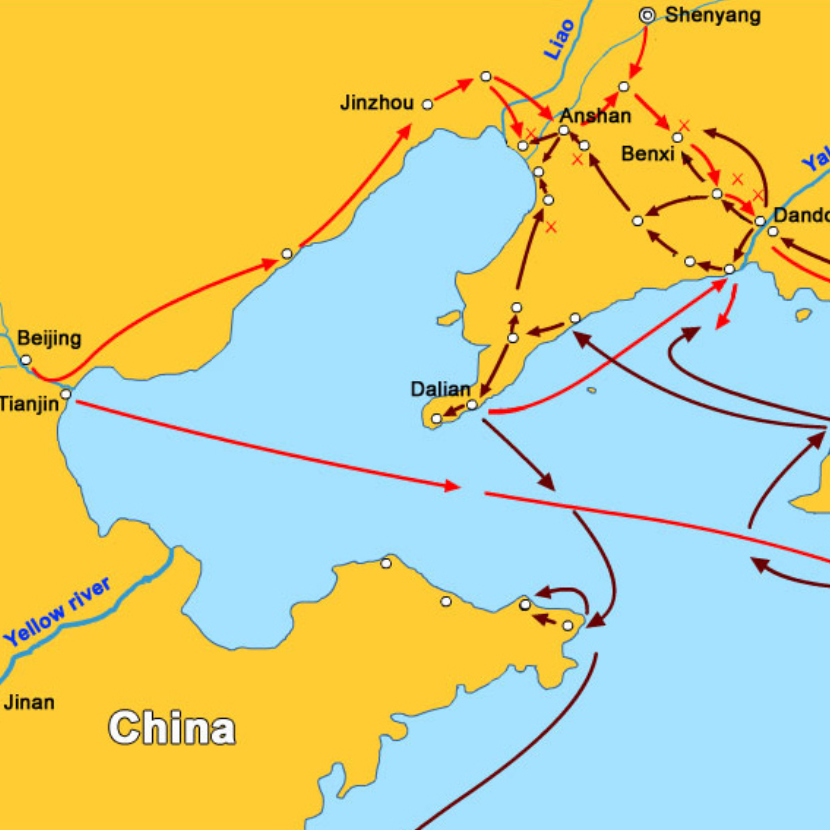
Geographical Data
The geographical data from the Atrocity Prevention Dataset divides the Earth into 254 countries. Each country is further subdivided into one or more regions (overall, there are 3671 regions).
Download
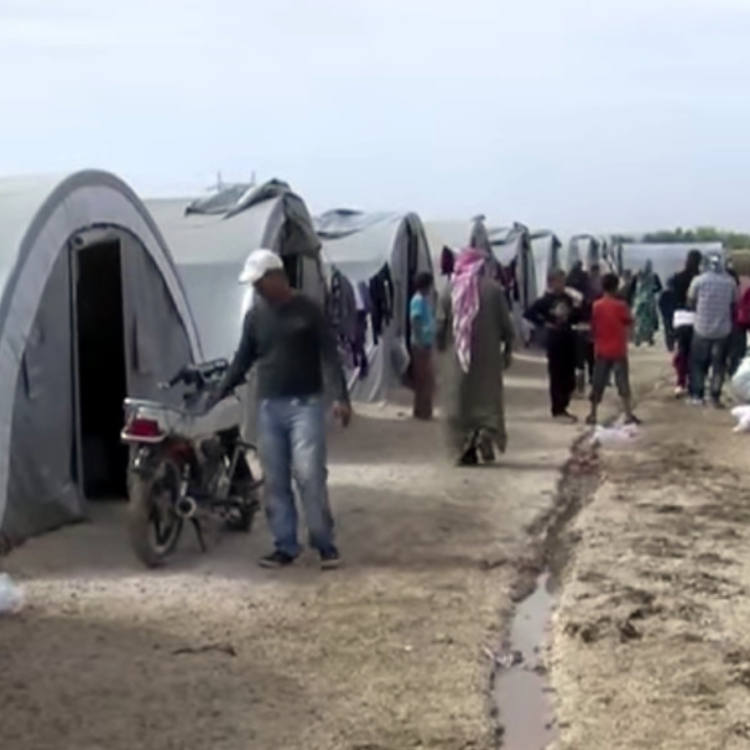
Sociopolitical Activities Data
Data about various sociopolitical activities around the world, including participants, locations, action types, importance, and media coverage.
Download
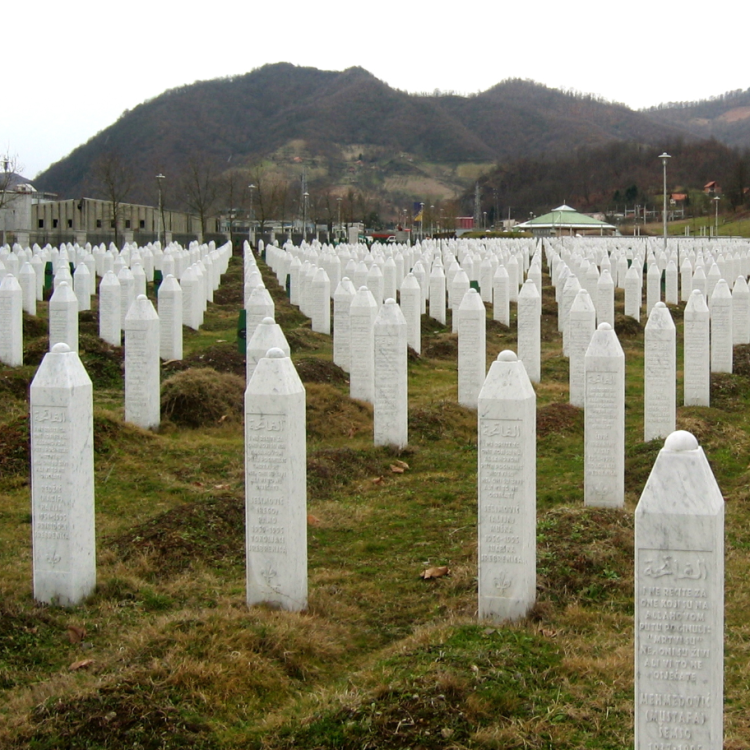
Same-Period Atrocities Data
Data on atrocities known to have occured during the same time period at a given location.
Visit Page
History of Our Work

USAID - Humanity United - Atrocity Prediction - Data Discovery Challenge
In this competition, participants were asked o find and describe a data set that has the potential to contain statistical indicators for the occurrence of an atrocity. Data can measure any social, economic, or physical value.
Visit Page

Mass Atrocity Predictor
Given data about various sociopolitical activities around the world and information about past atrocities, develop an algorithm to predict where and when atrocities will happen in the near future (within the next 30 days).
Visit Page
Blogs and Discussions
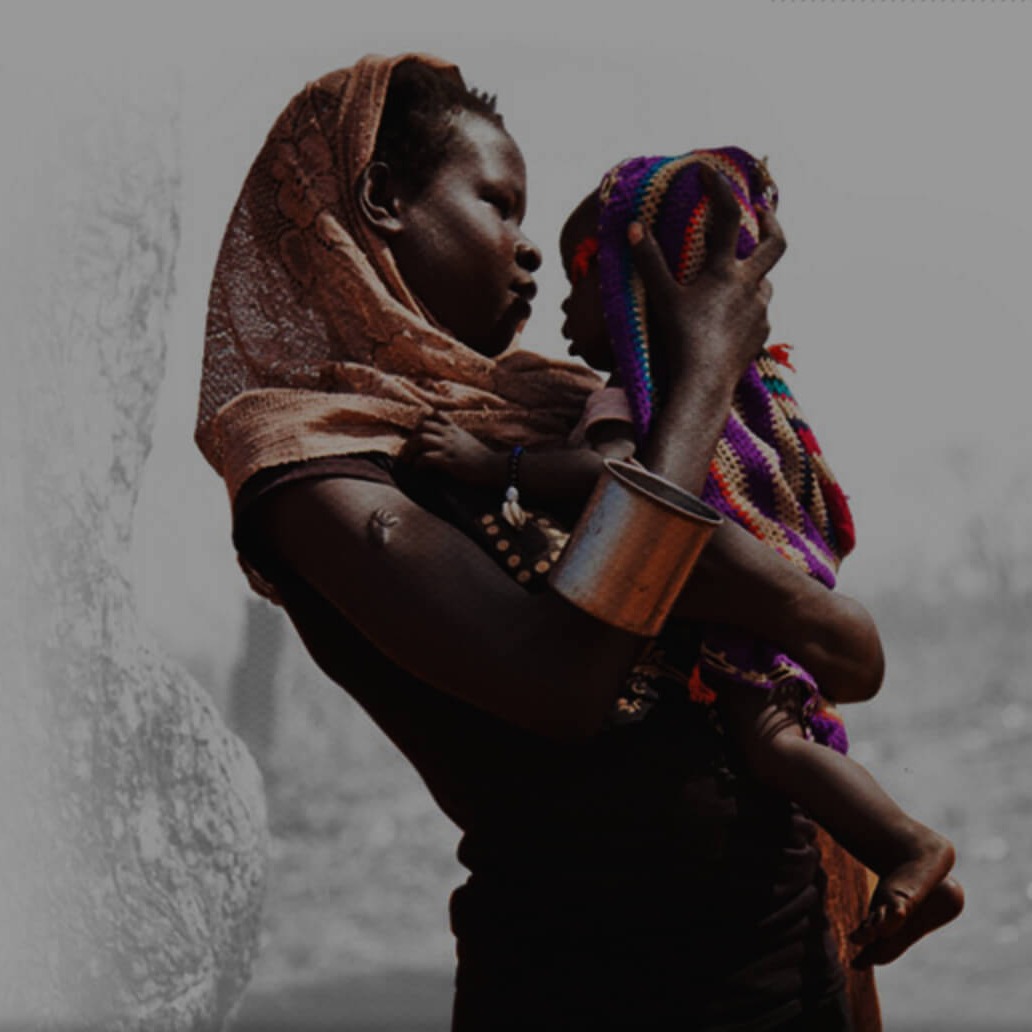
Topcoder Customer Stories- Social Predictive Analytics
Subjective analysis models had given an NGO a start towards their goal of better understanding and predicting mass atrocities, but they wanted an automated algorithmic solution that improves the accuracy of predictions.
Visit Page
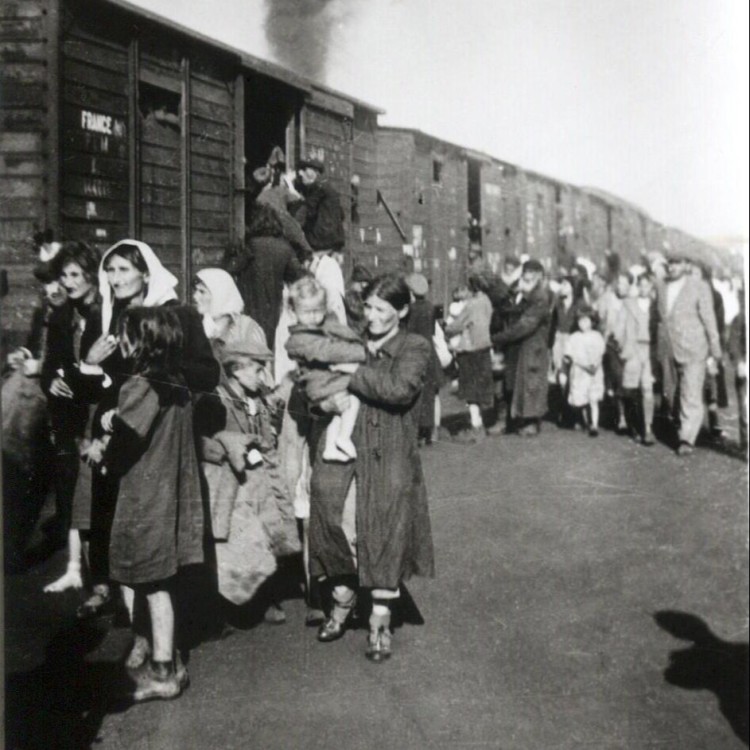
Humanity United - A More Detailed Look at the Model Challenge for Atrocity Prevention
Given the increasing availability of precise and dynamic international data, USAID and Humanity United hoped to leverage the creative potential of coders to predict local-level mass violence.
Visit Page

Information Week - USAID Spurs Algorithm Designs To Predict Atrocities
The final round of the Tech Challenge for Atrocity Prevention included five winners that came up with models that could predict mass violence.
Visit Page
0
0